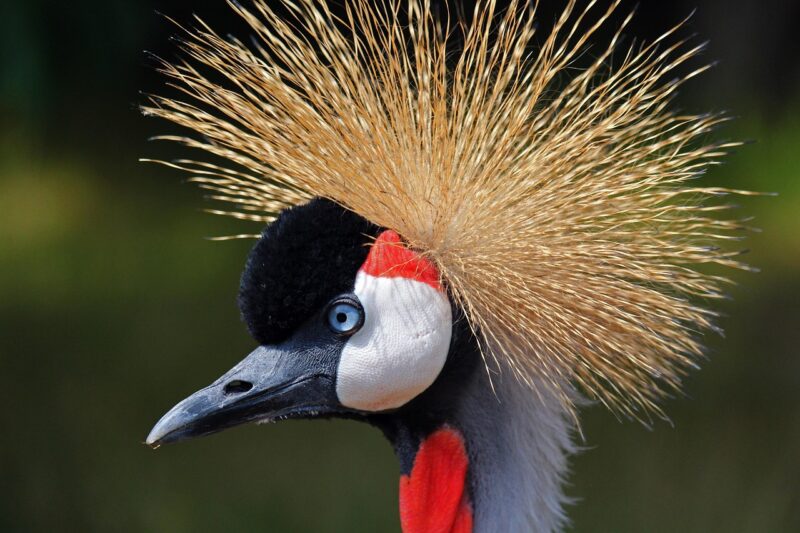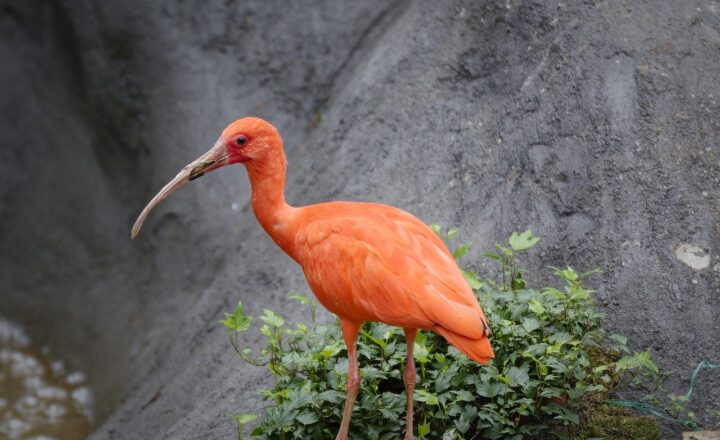The Most Extraordinary Animals in Zoos and the Stories Behind Their Conservation
November 12, 2024

Zoos are often viewed merely as places to entertain families and showcase exotic animals, but they play a crucial role in global conservation efforts. They serve as sanctuaries for endangered species, nurturing them in safe environments and raising awareness about their natural habitats. In this article, we will explore some of the most extraordinary animals housed in zoos and uncover the compelling stories behind their conservation.
1. The Majestic Amur Leopard
The Amur leopard is one of the rarest big cats in the world, with a mere 100 individuals left in the wild. Native to the temperate forests of the Russian Far East and China, this leopard’s stunning coat and solitary nature capture the imagination. In recent years, habitat destruction and poaching have pushed the Amur leopard to the brink of extinction.
Zoos are playing an essential role in Amur leopard conservation through breeding programs. The Wildlife Conservation Society (WCS) and zoos across the globe have collaborated to create a genetically diverse population that could one day be reintroduced into the wild. Not only do these institutions care for the leopards, but they also educate visitors on the threats these animals face, fostering appreciation and concern for their survival.
2. The Resilient California Condor
Once nearing extinction with only 27 individuals left in the 1980s, the California condor is a remarkable story of recovery facilitated by zoos. Captive breeding programs initiated by the San Diego Zoo and Los Angeles Zoo have seen this bird’s population soar to over 500, thanks to careful monitoring and release strategies.
Its impressive wingspan and soaring abilities symbolize the beauty of wild nature. With educational initiatives, including tracking birds in the wild, zoos have become platforms for public engagement, ensuring awareness about the vital role that these birds play in their ecosystems. The links fostered between captive breeding and wild populations have made this conservation success story a source of hope for other endangered species.
3. The Enigmatic Okapi
Often referred to as the “forest giraffe,” the Okapi is an extraordinary animal that calls the rainforests of the Democratic Republic of Congo home. Despite its unique features, including zebra-like stripes on its legs, it was only discovered by the western world in 1901. Conservation efforts have been intensified due to habitat loss and hunting, threatening the already endangered population.
Zoos play a crucial role in understanding this elusive creature’s behavior and breeding patterns. The Pairi Daiza Zoo in Belgium has implemented successful breeding programs that educate visitors about the Okapi’s plight. By raising awareness and nurturing a love for this fascinating animal, zoos are paving the way for future conservation efforts.
4. The Playful Red Panda
With their charming appearance, red pandas capture the hearts of millions. However, these adorable animals face significant threats from habitat destruction and poaching. Conservationists believe there are fewer than 10,000 red pandas left in the wild, prompting zoos to take action on their behalf.
Zoos like the Smithsonian National Zoo are at the forefront of red panda conservation. By hosting educational programs and allowing visitors to observe them in habitats mimicking their natural environments, zoos raise awareness and funds for initiatives aimed at preserving their remaining populations in the wild. Breeding programs in captivity also aim to maintain genetic diversity that could support future reintroduction efforts.
5. The Endearing African Elephant
African elephants are iconic symbols of wildlife conservation, but poaching and habitat loss threaten their existence significantly. As the largest land animals on Earth, they possess remarkable intelligence and social structures. In recent decades, African elephants have faced overwhelming pressure due to the ivory trade.
Many zoos, such as the Bronx Zoo, are deeply involved in conservation efforts aimed at combating poaching and habitat destruction. They engage in sponsorship programs, lead educational outreach initiatives, and partner with organizations working directly in Africa to protect against poaching and ensure safe habitats. By allowing people to connect with elephants in a controlled environment, zoos foster empathy and inspire action toward preserving their wild counterparts.
Conclusion: The Vital Role of Zoos in Conservation
Zoos are no longer seen simply as entertainment destinations. They play pivotal roles in the conservation of our planet’s most extraordinary animals and their habitats. Through breeding programs, public education, and international collaborations, zoos create pathways for species recovery, restore connections with nature, and foster optimistic conservation narratives.
As we witness the success of these conservation efforts, it becomes clear that supporting zoos and understanding their missions is essential in ensuring a brighter future for endangered species. By learning about these amazing animals, we can appreciate their uniqueness and take part in initiatives aimed at safeguarding their existence for generations to come.







